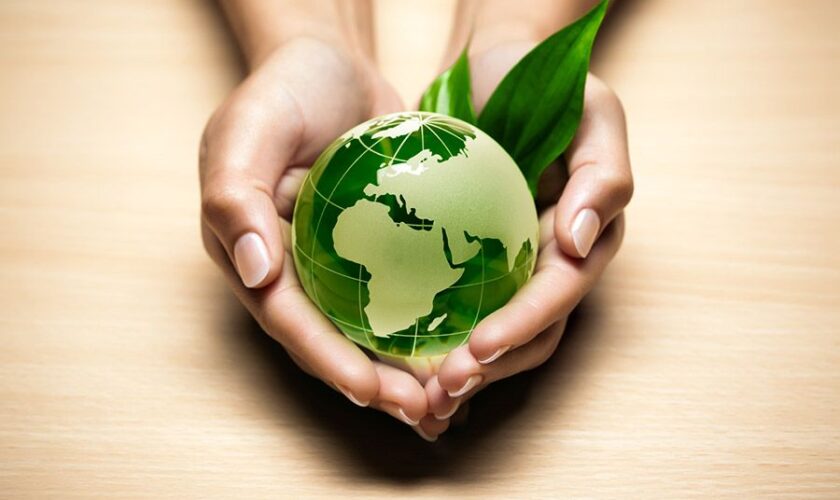
Four Ways to Improve Your Business Waste Management
While business waste is an ever-present component and an ongoing side effect of business processes, it is rarely the first thing that comes to people’s minds. This means that, more often than not, waste management processes fall short of expectations.
As a result, there may be very real risks to your safety, efficiency, and compliance. Waste management issues may lurk beneath the surface of your concerns, waiting to strike at the most inconvenient moment.
Improving your waste management strategy can help you avoid these risks while also potentially increasing your business’s cost-efficiency by lowering waste disposal overheads.
What are the steps involved? Find out how to improve waste management in your business.
Set Goals and Measure Your Waste
First and foremost, determine how much of each type of waste you generate over a given time period. The weight, volume, and quantity of your waste will impact how effectively you can reduce or simplify how you deal with it.
A large amount of cardboard waste, for example, may necessitate the purchase of a long vertical baler, a machine capable of baling that particular waste stream. Not only does this make waste easier to handle and remove as an impediment in the workplace, but it also reduces the volume of waste and makes recycling easier.
You can also set goals at this point. Do you want to cut down on your initial generated waste? Do you need to find new Commercial Dumpster Rentals? Reduce the amount of waste you generate? Reduce the presence of safety hazards on the job site?
Similarly, if you’re having trouble with waste segregation, you could set goals around it. However, aims are never one-size-fits-all; they must be approached on a business-by-business, site-by-site basis.
If you’re unsure about which objectives are best for your specific requirements, you can always consult with an experienced waste disposal solutions provider.
Getting to Know the Waste Hierarchy
The Waste Hierarchy is a component of the EU Waste Framework Directive that provides guidance on how to deal with waste to any companies and public body that generates waste.
It generally includes a process that consists of the following stages:
- other recovery;
- prevention;
- preparing for reuse;
- recycling;
- disposal.
These are ranked according to which is best for the environment, with waste prevention at the top and disposal just at the bottom. Reducing waste is the most environmentally friendly option. However, we recognize that this is not always possible. What matters, in our opinion, is how you deal with that waste.
If you are in a position to rethink your waste disposal strategic plan, the Waste Hierarchy provides many good ideas for what can be done with the particular waste. For example, before disposing of plastic, it asks:
- Is it re-usable directly? If not, then…
- Can it be recycled closed-loop for eventual re-use? If not, then…
- Can it be recycled in a more general way? If not, then…
- Can it be used in energy recovery?
All of these come before disposal. Overall, the Waste Hierarchy explains why the waste solution is not one-dimensional. It should not always be ‘thrown away’; there are other, more effective options.
Learn About Your Recycling Options
Recycling is a very forward-thinking waste disposal option. It is environmentally beneficial in two ways. To begin with, waste is not being disposed of in a landfill. Second, the need for raw material extraction is reduced because still-viable materials find their way back into the supply chain.
However, before you take into account recycling, you should consider availability.
Availability refers to the recycling options available to you, which influence your decisions. Location, waste quantity, and waste category, for example, all have a direct effect on how much you recycle.
Upskill Your Staff Through Training
When it works to improve your waste management process, staff capacity and engagement are critical to achieving the desired results.
You’ll notice the obvious if you don’t have a company-wide understanding of the waste management process you’re implementing: no one will use it. Assume you bought a portable compactor to compact your waste in order to meet both environmental and worker safety goals, but no one has been trained on how to use it. This defeats the whole purpose of the purchase and destroys the potential ROI of the acquisition in the first place.
Finally, when it comes to a truly successful waste management strategic plan, everyone in your organization can make a difference. If necessary, your waste management solutions provider may be able to assist in training your employees on their modern equipment.
In fact, you can go a step further and incorporate waste management practices into your company culture as a complement to it, framing them as being something inherent to a good working environment. Having a firm grasp on waste management and trying to frame yourself as an organization that takes environmental compliance seriously can have an impact on how your brand identity evolves.
Hopefully, this blog has given you an idea of how you can improve your business waste management processes. Do you have any other tips that could help? Please, share a few of them in the comments below.